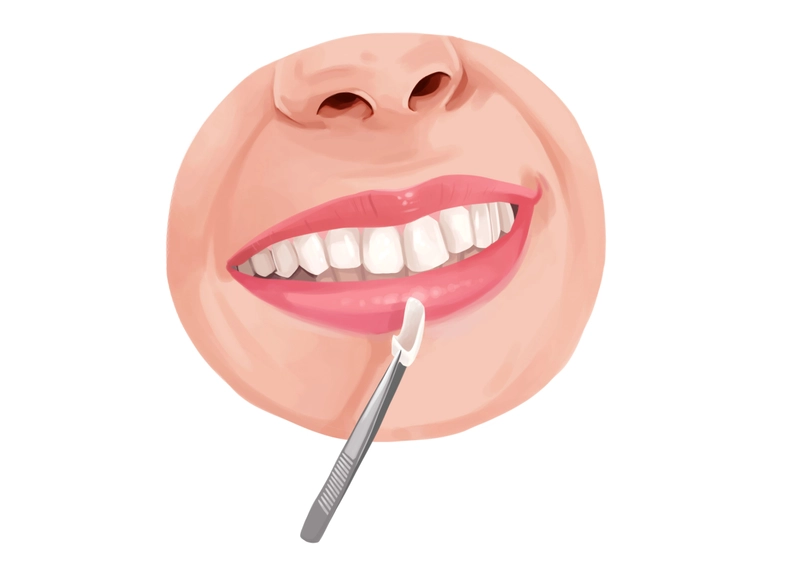What are veneers and what are they used for?
A veneer is a thin layer of porcelain or composite resin that is bonded to the front surface of a tooth to improve its appearance. Veneers can be used to close small gaps between teeth, change the shape of teeth, make teeth whiter, and fix dental chips or cracks. They are usually only recommended for people with healthy teeth and gums who do not have extensive dental problems.
What are the benefits of veneers?
Most people think of veneers as a cosmetic procedure used to improve the appearance of teeth. While this is true, veneers can also provide other benefits. Veneers can improve the function of teeth by providing a more uniform shape that helps them bite and chew better. They can also help protect teeth from further damage. How many veneers should I get? Most people need at least one or two veneers. This is because they are often used to fix chips and cracks in teeth, which can leave small gaps between teeth.
The average cost of getting veneers
The average cost of getting veneers
How much to get veneers can depend on a few factors. The most important factor, of course, is how many teeth need to be veneered. If only one or two teeth need work, the cost will be significantly less than if all of the teeth need to be done. In addition, the type of veneer material can also affect the price. Porcelain veneers tend to be more expensive than composite veneers, for example.
Another factor that affects how much to get veneers is where you live. Dental costs vary significantly from region to region within the United States. Generally speaking, dental procedures are more expensive in larger metropolitan areas than in rural areas.
The average cost of getting porcelain veneers is about $1,200 per tooth.
How to save money on veneers?
In recent years, veneers have become a popular option for improving the appearance of teeth. Veneers can be used to close gaps between teeth, correct minor tooth alignment problems, and make teeth appear brighter and whiter. While veneers are typically not a cheap dental treatment, there are ways to save money on veneers.
One way to save money on veneers is to choose a less expensive material. There are several different types of materials that can be used for veneers, including resin, porcelain, and ceramic. Another way to save money on veneers is to have them placed by a dentist who offers a discount for multiple procedures. Additionally, many dentists offer financing options that can make the cost of veneers more affordable. Pain is the most common side effect of veneers. The pain can be from the adhesive that is used to attach the veneers and/or from cutting and filing the teeth. Other side effects can include infection, sensitivity, and tooth decay.
What to expect after getting veneers?
If you are considering getting veneers, it is important to know what to expect after the procedure. After getting your veneers, you will need to avoid certain foods and activities that could damage them. You will also need to visit your dentist for regular checkups to make sure your veneers are still in good condition.
Conclusion:
In conclusion, the average cost of getting veneers can range anywhere from $650 to $2,000 per tooth. This price can vary depending on the dentist, the location, and the type of veneers being used. It is important to do your research and compare prices before making a final decision. If you are looking for a quality yet affordable option, consider porcelain veneers. These types of veneers have a higher success rate, and they are much less expensive than other options.

